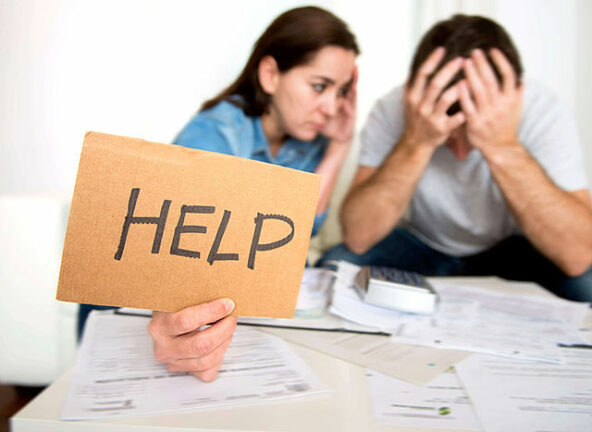Delinquency rates on two debt sources rise. Is it a sign of trouble to come?
A new report from the American Bankers Association (ABA) finds delinquency rates for auto loans and credit cards are on the rise. The ABA found credit card delinquencies increased to 2.74 percent in the last half of 2016, while auto loan delinquencies rose to 0.87 percent.
Those percentages may seem small, but they are high compared to previous quarters. And they have experts wondering if it’s a sign that more consumers may start to struggle to make ends meet. The main reason they worry? “Access to credit is beginning to loosen, and the majority of new credit card customers are falling into the subprime category.”
When is a debt delinquent?

There is a difference between a debt that you haven’t paid on time and when a debt becomes formally delinquent. If you miss a payment due date by a few days, you may incur late fees. However, a debt doesn’t become delinquent until you’re more than 30 days late.
That effectively means you have one billing cycle from the time a payment is missed until the debt becomes delinquent. If another due date passes and you still haven’t paid, the credit issuer reports the delinquency to the credit bureaus. This creates a negative item in your credit report, which can decrease your credit score.
The delinquent status applies for up to 120 days from the date you missed the payment. After 120 days the debt moves to “charge-off” status. Your account is frozen and the creditor effectively writes of the debt as a loss. This is usually the point that the debt gets sold to a third-party collection service.
Why subprime delinquencies are a bad sign
As we explained in this post last year, “subprime” borrowers include anyone with a FICO credit score below 600; anything below 500 counts as “deep subprime.” Subprime effectively refers to borrowers who are at a high risk to fall behind on payments. But in many cases in today’s economy, consumer credit scores fell as a result of the Great Recession. The economic downturn pulled the financial rug out from under consumers’ feet. This often meant borrowers who had good credit scores took a hit.
After the recession lenders increased borrowing standards, meaning they were less willing to work with subprime borrowers. As a result, many newly subprime borrowers experienced frustration because they could not get approved for new lines of credit.
Now credit issuers have relaxed their standards, beginning to extend credit to subprime households. But the increase in delinquencies could make them back off again.
“If lenders tighten the purse strings again, many borrowers on the cusp of subprime may find it difficult to get loan and credit approvals,” explains Gary Herman, President of Consolidated Credit. “That makes it even more imperative for people to focus on paying off debt so they can get out of the subprime credit segment.”
For information on how to build credit to escape the subprime credit trap, use Consolidated Credit’s free guide to Rebuild Your Credit Step-by-Step. We also have animated video that explains how to win at the Game of Good Credit. If debt is getting in the way of your goal to achieve better credit, we can help. Call Consolidated Credit today at (844) 276-1544 or complete an online application to speak with a certified credit counselor at no charge.